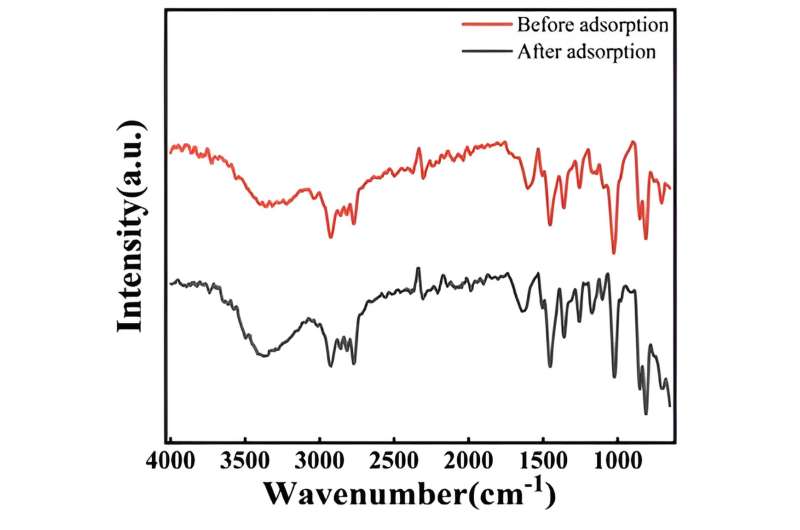This article has been reviewed according to Science X's editorial process and policies. Editors have highlighted the following attributes while ensuring the content's credibility:
fact-checked
proofread
The application of Sapindus mukurossi extract in sebum-control shampoos

Sapindus mukurossi, a fruit from a deciduous tree in the Sapindaceae family, is widely cultivated in Southern China. Before the advent of modern synthetic detergents, its peel was commonly used to make soap due to its high saponin content.
Saponin, a natural plant surfactant, exhibits antibacterial, anti-inflammatory and antioxidant properties, along with effective decontamination and foaming abilities. It is now widely used in daily care products, cosmetics, and other industries.
In industrial production, saponins are typically extracted using traditional methods like water or alcohol extraction. However, these extracts also contain impurities such as polyphenols, flavonoids and pigments, which can cause browning due to oxidation, particularly by polyphenols. This browning significantly limits the use of S. mukorossi extract (SME) in high-end products. Therefore, developing an effective decolorization process is crucial to minimize color impact and enhance the applicability of SME in various industries.
In a new study published in the Journal of Dermatologic Science and Cosmetic Technology, a team of researchers from China and Germany has developed a decolorization process involving resin adsorption and oxidative decolorization to address this issue. The researchers also investigated SME's sebum-control efficacy using the SZ95 model and clinical studies.
"SME was prepared by adsorbing polyphenols on the D301 resin and decoloring oxidation," explains Jing Wang, senior and co-corresponding author of the study. "D301 resin was found to have the best adsorption selectivity for polyphenols in SME."

In particular, optimal decolorization conditions were determined to be at pH 7.8 at 73 °C, while decolorization time was determined as 5.7 hours with 6% H2O2 content.
"The prepared SME exhibited stability with no significant color change during long periods at higher temperatures," adds Wang. "SME showed sebum-control efficacy at 4 μg/mL in the SZ95 model with an inhibition rate of 24.8%."
A shampoo containing 10% SME by dry extract weight was evaluated clinically—it significantly reduced scalp sebum levels after treatment for about four weeks. The findings are expected to pave the way for new applications of SME.
More information: Kaibo Wan et al, Preparation and decolorization of sapindus mukurossi extract and its application in sebum-control shampoos, Journal of Dermatologic Science and Cosmetic Technology (2024). DOI: 10.1016/j.jdsct.2024.100006
Provided by KeAi Communications Co., Ltd.



















